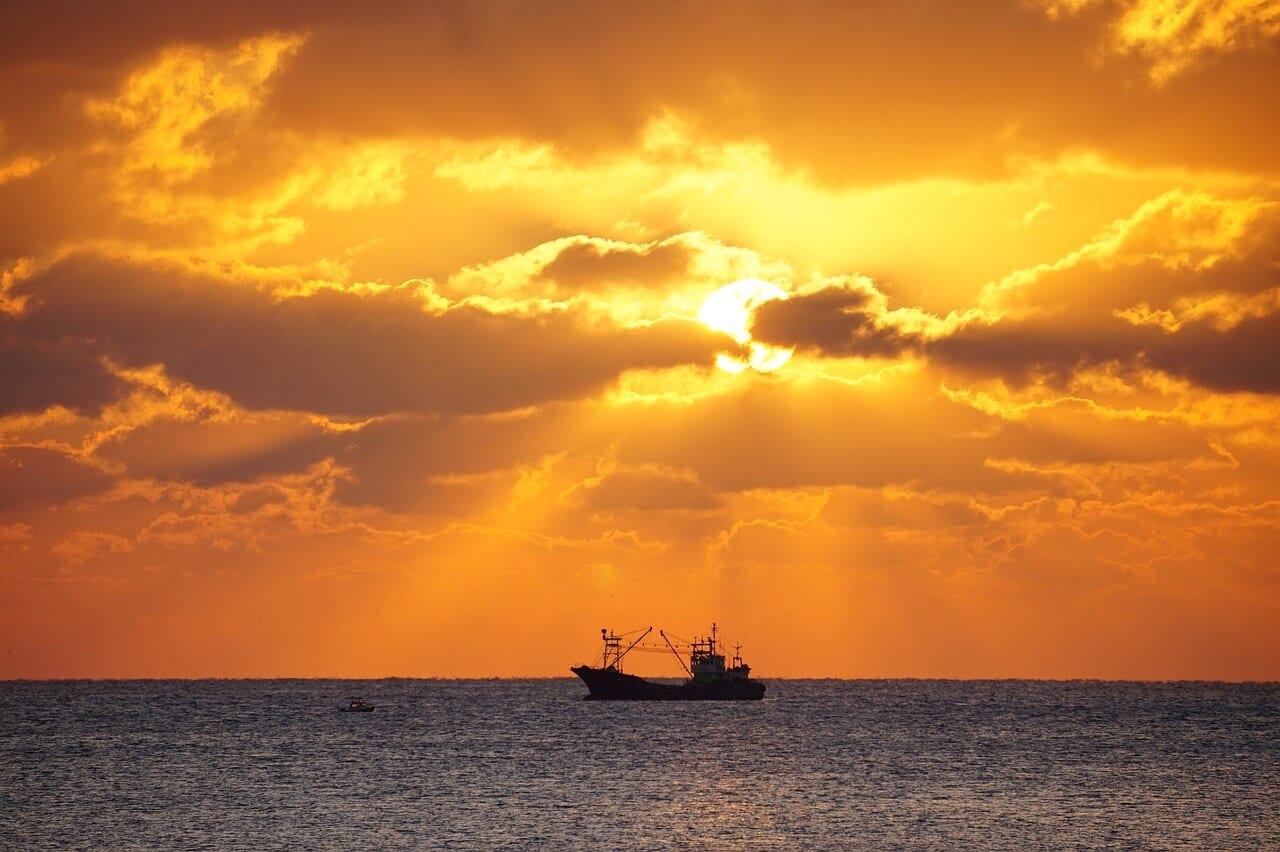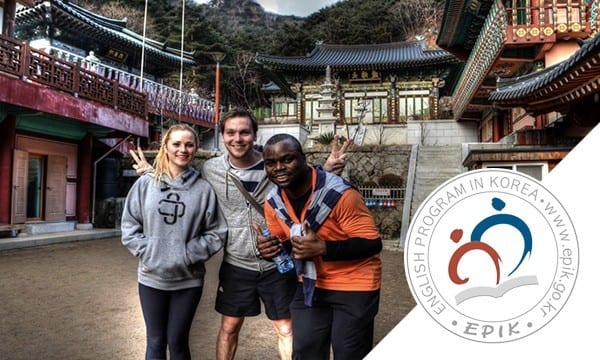Travel and Tourism are plenty of interesting things to see and do in South Korea.
About half the population identifies as Christian, which accounts for all the red neon crosses in the city night sky, and the other half identifies as Buddhist, which leaves you with a lot of old, beautifully painted temples to explore.
Most small towns and many remote mountaintops have got a temple, and bigger cities have several each. Some temples, such as Bong Eun-sa in Seoul, offer temple-stay programs where you can get a more intensive Buddhist experience, trying out the food, dress, and lifestyle of a monk, even if just for a day or two.
Otherwise, most temples have regular visiting hours when anyone is welcome to enter the grounds for a stroll or just to have a look. Note that removing your shoes is considered polite in most indoor temple spaces.
Seoul – TESOL South Korea
Seoul, in particular, has a huge range of museums, including the Rolling Ball Museum where you can see many variations on the most complicated Mousetraps, The Teddy Bear Museum, and many more museums featuring science, Korean history, and international and local art. Baek Nam Jun, Korea’s most famous modern artist, is featured prominently in many art spaces.
My favorite place to go for contemporary. It is where you can buy traditional Korean candies, various arts and crafts. You stop in a teahouse and wander in and out of numerous small art galleries.
Folk Villages and Festivals – South Korea Travel
tFolk villages are a popular place for school children and tourists to visit. These are restoration villages that show what life was like in Korea throughout different times in history.
Festivals are another great way to see Korean culture. They are extremely specialized by region. For example, one small town is famous for growing potatoes. So they hold a potato festival every year. And another is famous for fireflies, so a firefly carnival is held every summer.
My favorite is the mud festival held in Daechon, on the west coast beach of Boryeoung. Everyone paints themselves in local mud. That is supposed to be full of skin-nourishing minerals and lets it dry in the sun. There are mudslides, mud pools, mud wrestling matches… And luckily the ocean is right nearby when you need to wash off.
Busan and Jeju Island Travel
If you want to go to the beach, one of the best places is Busan. On sunny summer days, the beach very crowded. The most popular beaches will totally cover in matching colored umbrellas set up in perfectly straight rows. These are all owned by one company and you pay 5 or 10 dollars to rent one and the space beneath it.
Light-toned skin is considered desirable by most Koreans, so they will avoid the sun at all costs- including staying in the shade as much as possible, buying “whitening” skin creams and sunscreens, and going into the water fully clothed.
Another great place to go to the beach Jeju Island. This is a popular honeymoon destination for Koreans. It is often called the “Hawaii” of Korea, though the climate is more subtropical than tropical- it can get chilly in the winter.
Winter travel in South Korea
When winter comes around there are plenty of mountains with plenty of snow. Skiing and snowboarding are both popular and relatively affordable, with several ski resorts around the country.
Whatever your interests, chances are you will be able to find something to suit you in South Korea. If the language feels like a barrier, check with the local expat community, where other foreigners may have already done some research and found something that would interest you.
You’re on an adventure, enjoy it!
100-hour TESOL certificate course only $295!





